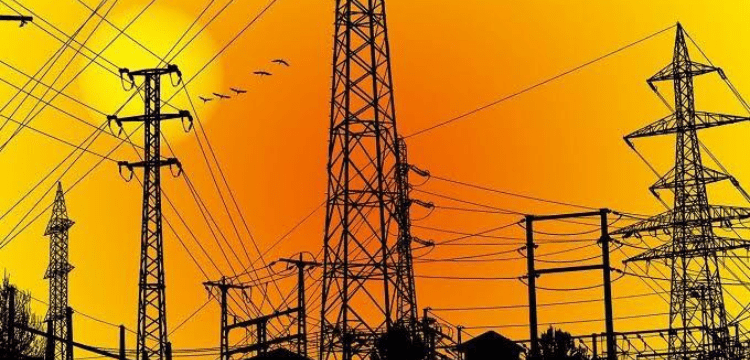[vc_row][vc_column][vc_column_text dp_text_size=”size-4″]Even amid the cold of winter, the country’s electrical shortage has grown to 4,321 megawatts, leading to more unscheduled power outages.
According to Power Division officials, the nation’s overall power production now stands at 9,179 MW, compared to the need for 13,500 MW. They clarified that the government thermal power plant produced 1,000 MW of electricity. In addition, 500 MW and 32 MW, respectively, were being produced from hydroelectric and solar energy sources.
The officials added that the contribution of private sector powerhouses stood at 5,555 MW. The Power Division authorities said they were compelled to conduct load management because of the reduction of electricity from hydel sources.
Pakistan’s oil production stood at 27 million barrels in financial year 2020-21 compared with the target of 30 million barrels, showing 90% achievement of the goal.
According to a report submitted by the Petroleum Division to the Auditor General of Pakistan (AGP), out of the oil reserves of 1,234 million barrels, Pakistan had consumed 985 million barrels, which constituted 79.8% of the total. Now, around 249 million barrels of reserves are left.
The Petroleum Division said that Balochistan had recoverable oil reserves of 1.84 million barrels, of which 0.24 million barrels had been utilised, leaving 1.60 million barrels. Khyber-Pakhtunkhwa had recoverable reserves of 264.83 million barrels and out of these 170.59 million barrels have been consumed. Now, only 94.24 million barrels are left.
Punjab had original recoverable reserves of 457.43 million barrels, of which 383.20 million barrels have been consumed while 74.23 million barrels were yet to be utilised.
Sindh had estimated recoverable reserves of 509.58 million barrels and out of these the province has consumed 430.60 million barrels while 78.98 million barrels were left.
Pakistan has been a major gas producer to meet the domestic needs.
The country had been self-sufficient in the past but due to the launch of gas supply schemes on political considerations, it has become an importer of liquefied natural gas (LNG) since 2015.
According to the Petroleum Division’s report, Pakistan has so far consumed 66.6% of the total gas reserves, leaving 33.4% of the reserves untouched.
Exploration and production companies have not been able to ramp up gas production since 2000 and have also failed to make major discoveries.
Pakistan had over 63 trillion cubic feet (tcf) of natural gas reserves. Of them, around 42 tcf has been consumed.
According to the Planning Commission, gas production stood at 1.27 tcf per year against the target of 1.43 tcf.
Province-wise data showed that Balochistan had total recoverable reserves of 20.637 tcf, of which 15.182 tcf had been consumed, leaving a balance of 5.455 tcf (26%).
K-P had 2.932 tcf in total recoverable reserves; 1.186 tcf (or 40%) of this amount) has been burned.
Punjab had 3.977 tcf in total recoverable reserves. Out of them, 2.379 tcf have been used, leaving 1.598 tcf (or 40%) in reserve.
35.5% of the recoverable deposits are still in Sindh. It has 35.765 tcf in total reserves, of which 23.053 tcf had already been used up and 12.712 tcf was yet untapped. One of the main sources of energy in Pakistan is natural gas, which accounts for 33% of domestic production, 10% of LNG, and 1% of liquefied petroleum gas.[/vc_column_text][/vc_column][/vc_row]











